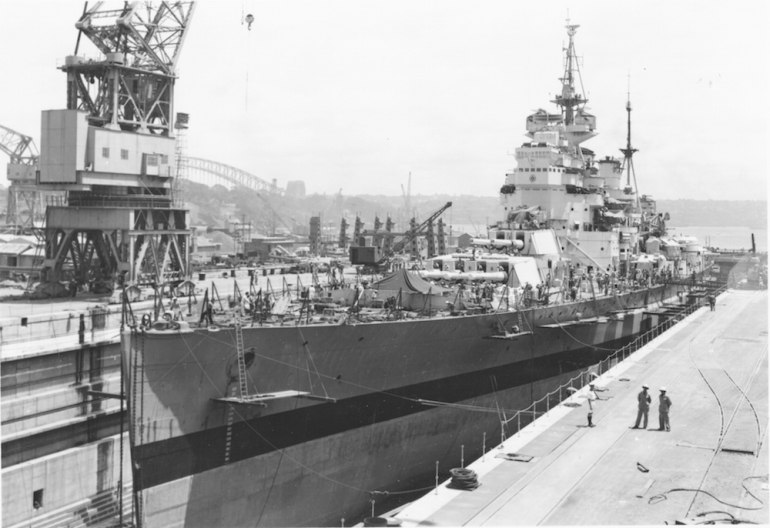
What defence forces should Australia maintain at a time of strategic uncertainty and rapid technological change? This is the fundamental question currently facing Stephen Smith and Angus Houston, the authors of the defence strategic review. Much has been made of the critical nature of this review and the fact it represents a ‘huge moment in Australian defence history’. Recently, however, I was going through a previous review conducted in similarly uncertain times (although for different reasons) and it was difficult not to be struck by the enduring nature of the key issues at stake.
In June 1945, the defence committee formed of the heads of the three services was tasked with answering exactly the same question posed above, and their response makes for interesting reading given the emphasis on the ‘unprecedented’ nature of the current challenges. The report identified three major dangers to Australia, which were in order of significance: interruption of sea communication, sporadic raids and invasion of the mainland or adjacent islands. The terminology used may have changed but, with the exception of the addition of cyberattacks, these remain the primary threats to Australian security.
A number of modern commentators are at pains to point out the strategic advantages granted to Australia by its distance from any major power. There is considerable merit to such arguments, and the likelihood of any country seeking to mount a major invasion of Australia was, and is, slim. However, the defence committee recognised, drawing off bitter recent experience, that Australia’s strategic isolation cut both ways.
When discussing the primary strategic threat, the report noted that Australia was ‘further from her markets in peace, and her allies in war’ than virtually any other country. The committee went on to acknowledge how Australia’s essential ‘lines of communication with the outside world may be seriously interrupted … thousands of miles from her coast’. The chief of naval staff put it more bluntly to Cabinet, telling its members that ‘the basic foundation of [Australia’s] defence problem was the protection of the merchant ship’. This has not changed in the intervening 80 years.
The committee’s response to these conclusions reveals a more honest and pragmatic understanding of the realities of Australian defence than is seen in much of the current discussion. For protection against sporadic raids and invasion, the defence committee expected Australian forces to be able to operate independently. The same, however, was not true for the primary strategic threat to Australia, namely the interruption of sea communications. This would require ‘a powerful Empire or Allied fleet superior to that of any possible enemy’. The reality was that, dating back to colonisation, Australian defence had been fundamentally underwritten by British command of the sea. In 1945 that baton had been passed on to the United States, but the principle remains true to this day.
The open acknowledgement of this reality brought into clear focus one of the other constants in Australian defence policy—the tension between focusing on independent or alliance operations. The chief of naval staff at the time stated that the Royal Australian Navy needed to be capable of ‘taking its place in an Empire Fleet or operating as an independent unit’. The committee’s force structure recommendations reflected this—setting out the need for forces to act in concert with Australia’s allies, as well as hold independent capabilities.
Australia’s position in the world has changed significantly since 1945, not least through the disappearance of any sense of overarching imperial connection, but the reality that the RAN will have to work together with allies to secure the country’s sea communications remains. Thus, a return to a more open discussion of how Australian capabilities might fit into a wider coalition might not be misplaced.
Houston and Smith face a challenging task trying to reform Australian force structure and investment to meet the real challenges of the current situation. Glancing back to another defence review suggests that we can overestimate the novelty of the issues facing us and considering how previous defence leaders have sought to address them can perhaps provide greater clarity about some of Australia’s fundamental defence challenges.
Richard Dunley is a lecturer in history at UNSW Canberra. Image: Royal Australian Navy.
This article is republished from The Strategist under a Creative Commons license. Read the original article.
